Fill out the form to get more information about the Grace Hopper Program bootcamp of your choice.
02.27.2025
Women Tech Innovators and Their Contributions to the Industry
By The Grace Hopper Program Team
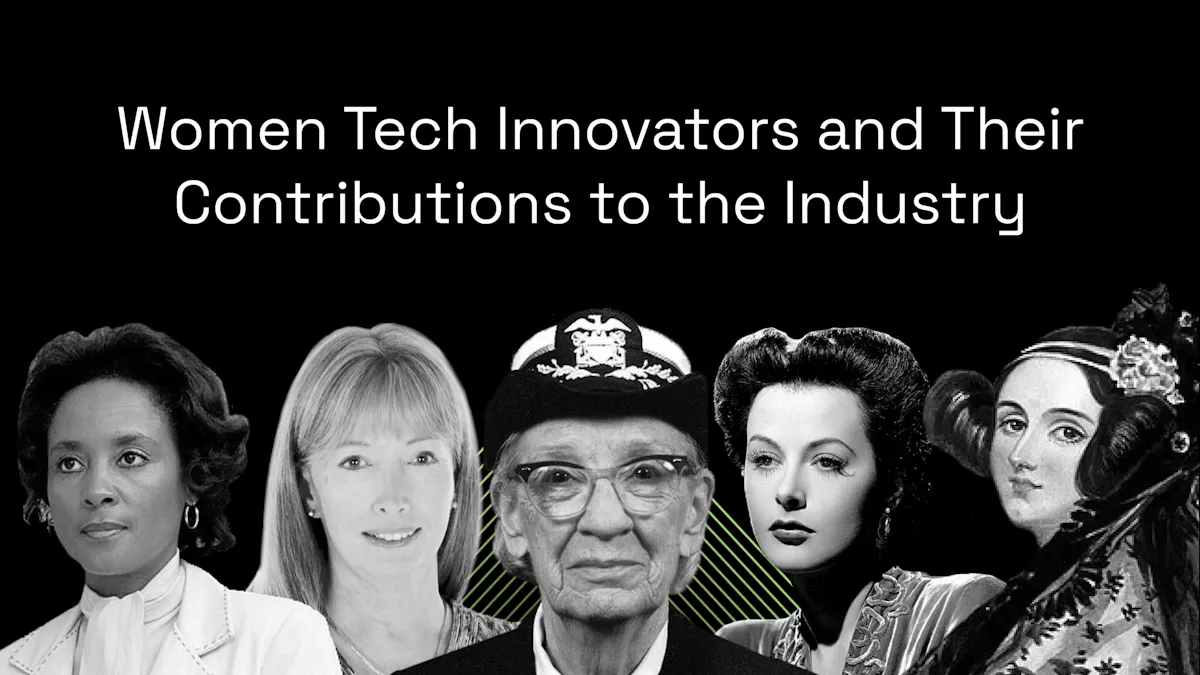
It’s no secret that women and gender nonconforming innovators are historically excluded from the global tech industry—and most narratives surrounding it. Even today, women in the United States occupy less than 27% of computer roles, despite accounting for nearly half of the workforce overall (Bureau of Labor Statistics).
Despite this, women’s innovations, inventions, and other contributions throughout history have sparked or evolved the technological advances we still use today.
Read on to learn more about the unsung (or under-sung!) innovators behind some of the most impactful tech innovations of our time—including electric cars, rockets, WiFi, coding languages, and more!
Ada Lovelace: Computer Programmer
1815 -1852
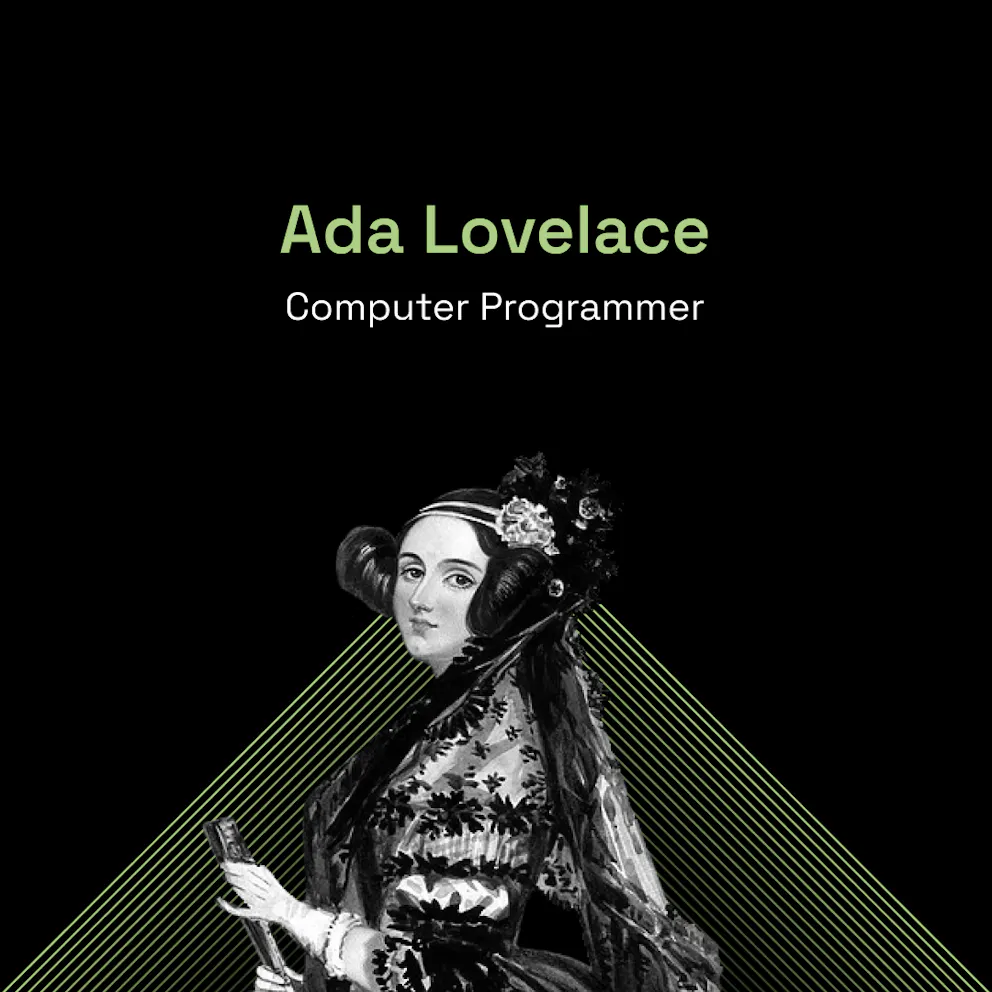
Background: The noblewoman daughter of English poet Lord Byron, Ada Lovelace was uniquely privileged to participate in academic pursuits. Though still not legally allowed to attend college or work in the sciences, Ada was educated by a number of notable mathematics and tech pioneers, including Charles Babbage, the inventor of one of the world’s first calculating machines.
Specialty: Intrigued by Charles Babbage’s mechanical pursuits, she worked alongside him to develop, optimize, and theorize machines that could compute even advanced calculations using an early form of code.
Innovation: Ada Lovelace is credited as one of the first computer programmers, having proposed and demonstrated that the Analytical Engine of Charles Babbage’s machine could weave, “algebraic patterns, just as a Jacquard-loom weaves flowers and leaves.” This discovery formed the concept of computer programming languages.
Admiral Grace Hopper: Inventor of COBOL and the Compiler
1906 - 1992

Background: One of the first women to earn a mathematics Ph.D. from Yale University in 1934, Grace Hopper went on to begin a career as an associate professor of mathematics at Vassar. During WWII, she joined the Navy and quickly rose through the ranks to work on the preeminent Mark I computer.
Specialty: As a computer programmer, Grace Hopper was responsible for a range of programming innovations and even coined the term and concept of debugging.
Innovation: Among the most notable of Grace Hopper’s technical accomplishments was her invention of the compiler, which translates mathematical code into machine-readable binary code. This made it possible to program multiple computers at once, using simple commands in English.
Hedy Lamarr: WiFi Tech Pioneer
1913 - 2000
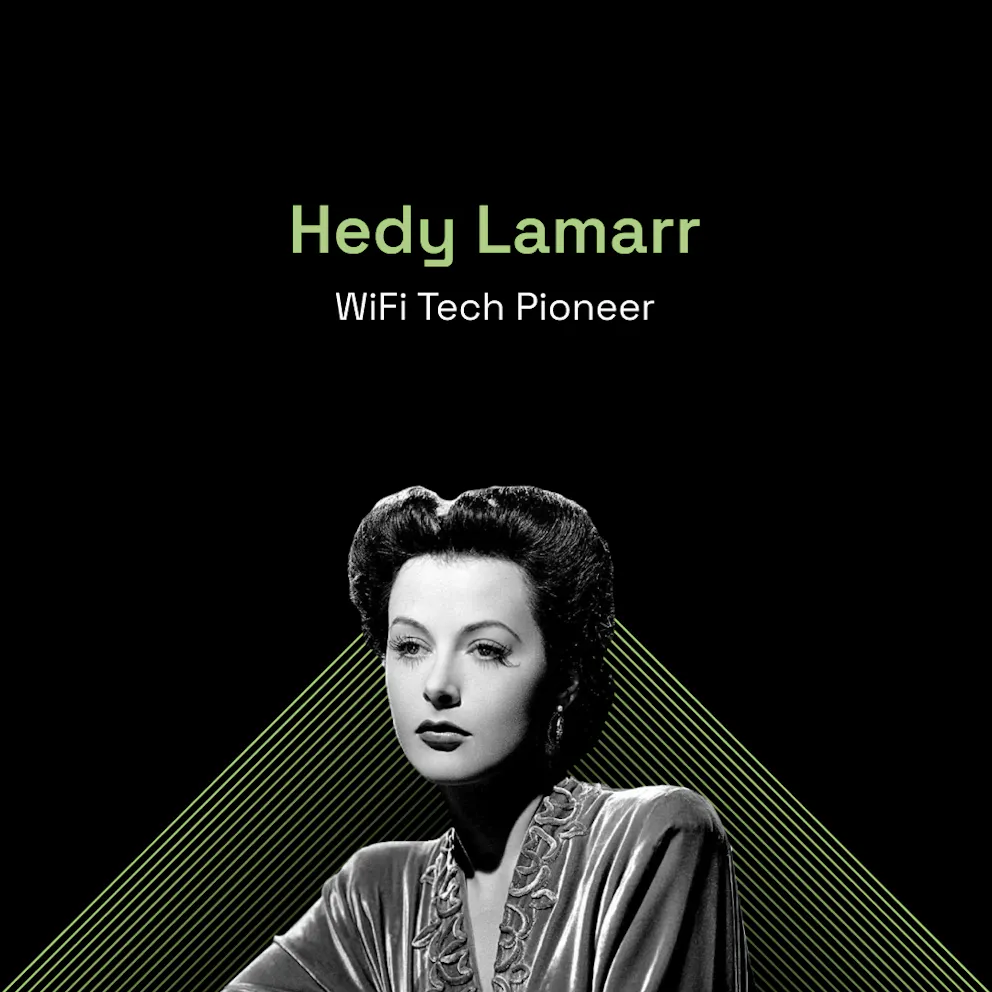
Background: Best known as a golden age Hollywood actress, Hedy Lamarr was also a well-educated mechanical inventor and innovator. She worked with notable public figures like businessman Howard Hughes and engineer George Antheil to provide technological advancements for use in American WWII efforts.
Specialty: Along with Antheil, Hedy Lamarr co-created a new communication system designed to guide torpedoes to their targets utilizing radio wave frequency “hopping” between transmitter and receiver at the same time.
Innovation: At the time (1942), she was awarded a patent for the communication system, though the US military rejected pursuing it. Long after this patent expired, however, the frequency hopping idea caught on to form the basis of WiFi, GPS, and Bluetooth.
Annie Easley: Rocket Scientist
1933 - 2011
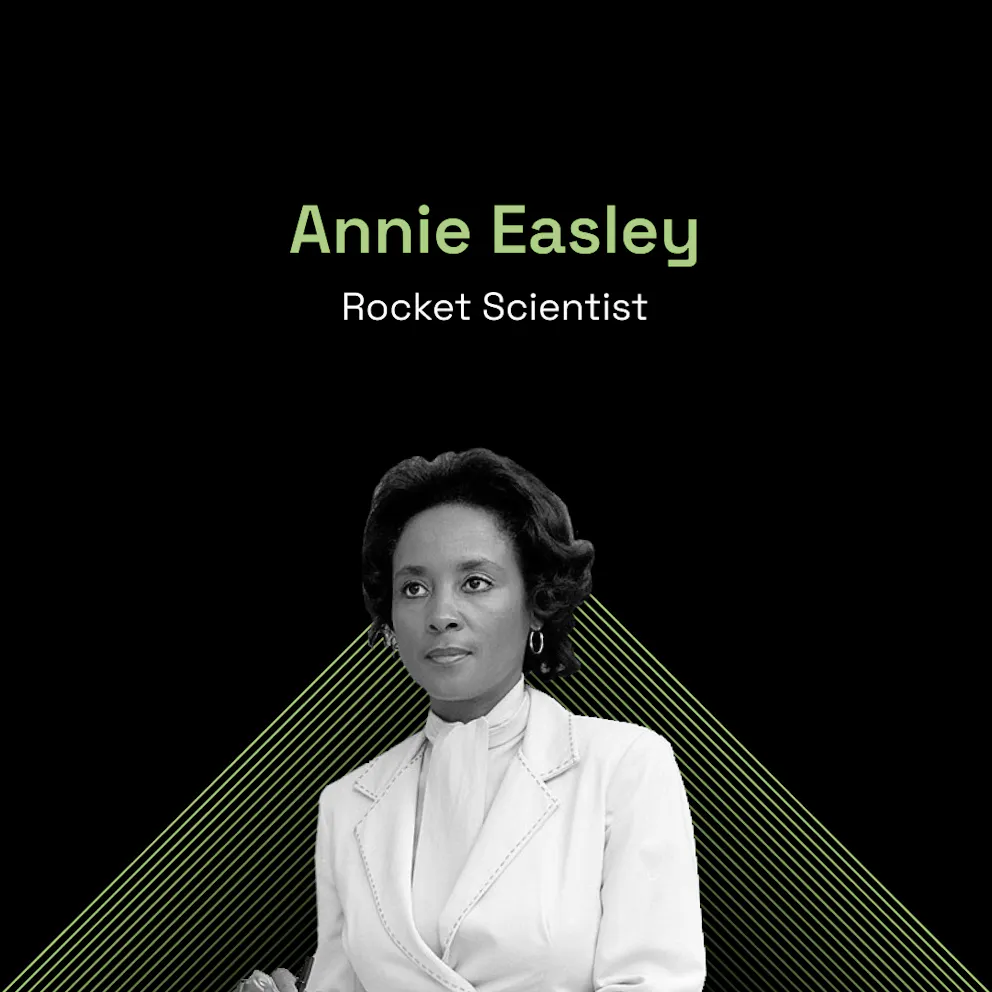
Background: After reading an article about NACA, the National Advisory Committee for Aeronautics, and their need for people with strong math skills, Annie Easley applied to work at The Lab—a precursor to the NASA Glenn Research Center in Cleveland, OH. There, she sparked a decades-long career occupying tech roles from human computer, to computer programmer, to rocket scientist.
Specialty: At NASA, Easley became a skilled computer programmer—creating and implementing code used in energy-conversion systems and alternative power technology.
Innovation: Annie Easley’s work became critical to the development and ongoing programming of electric cars, space shuttles, and the Centaur upper-stage rocket. She’s also credited with innumerable contributions to race and gender rights and representation in the workplace—known throughout NASA and beyond as a committed Black woman teammate, ally, and mentor.
Lynn Conway: Computer Scientist
1938 - Present
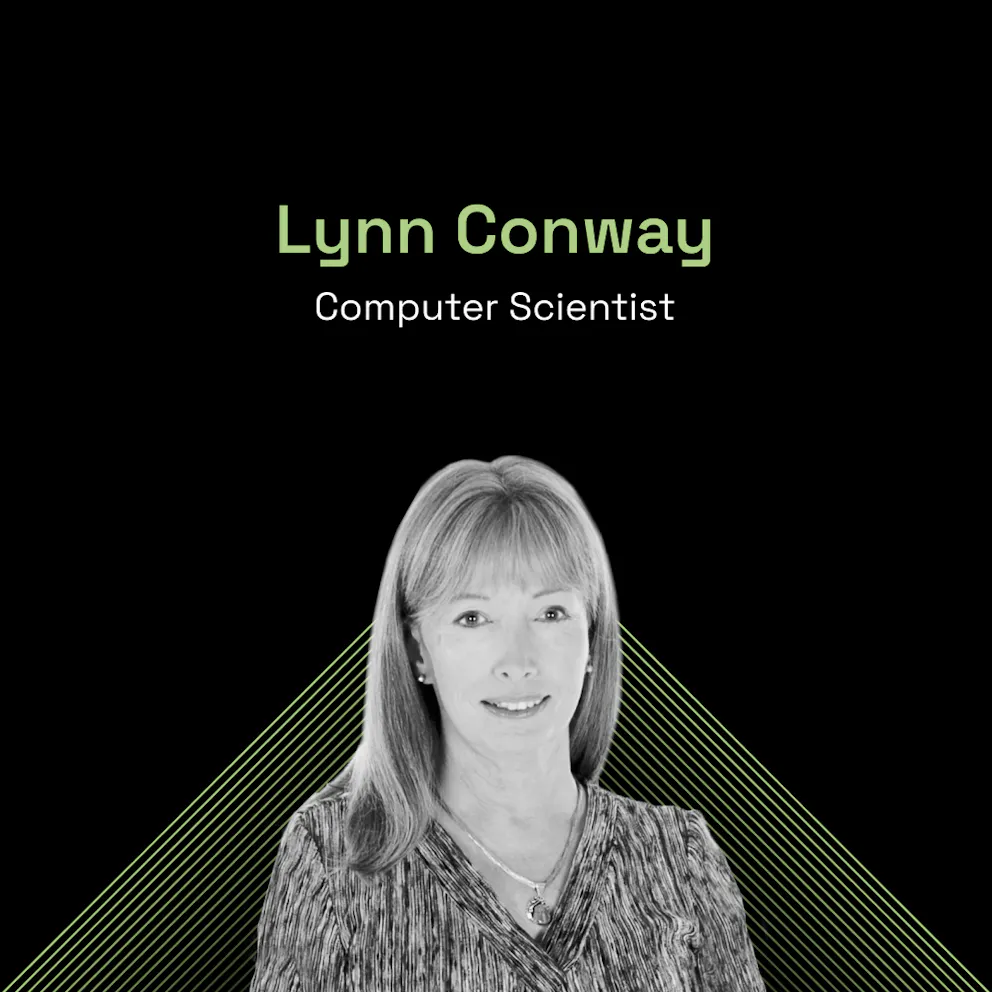
Background: Despite being terminated by IBM in 1968 for coming out as transgender, Lynn Conway made numerous contributions to its emerging supercomputer technology during her tenure. She then re-entered the computer industry in “stealth mode,” with a conventionally female name and appearance, and spent the remainder of her career specializing in computer microchip technology.
Specialty: Partnering with fellow engineer Carver Mead, Lynn Conway wrote the groundbreaking textbook, “Introduction to VLSI Systems,” which became the #1 chip designer’s handbook for years to come.
Innovation: Lynn created technology that greatly simplified the design and fabrication of complex microchips. Using her multiproject wafers (MPW) technology, she made it possible to pack multiple circuit designs from different sources into one microchip–greatly reducing cost and waste, and setting the standard for scalable design rules throughout the industry.
Why We Share Stories of Women in STEM
These five pioneers are not the only notable women in the history of tech—and nor are theirs the only stories worth telling. Noted and forgotten innovators alike have made critical, lasting contributions to the technology we use today and will rely upon for years to come.
By retelling the underrepresented stories we do know, however, we’re able to perceive the bigger picture of what tech is, what it can be, and — most importantly — who it’s for.
Accessible Tech Education for Women and Non-Binary Students.
Explore the Grace Hopper Program at Fullstack Academy, an immersive software engineering course for women and non-binary students


